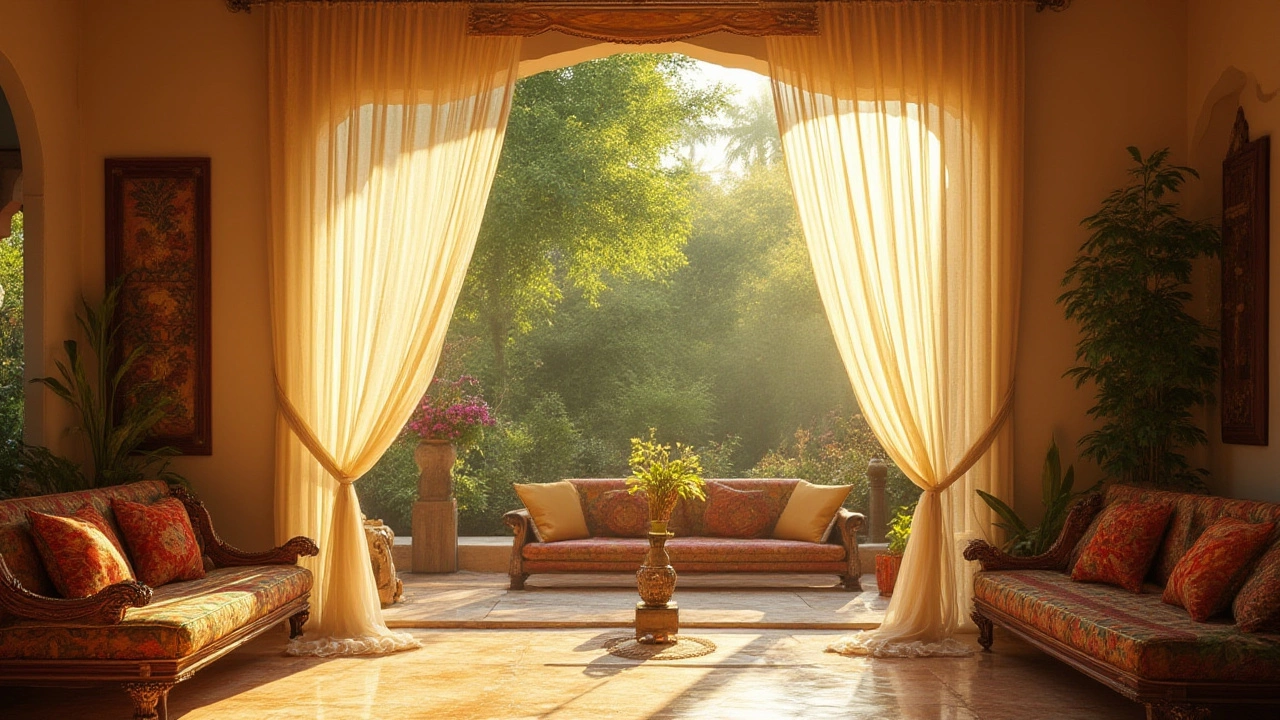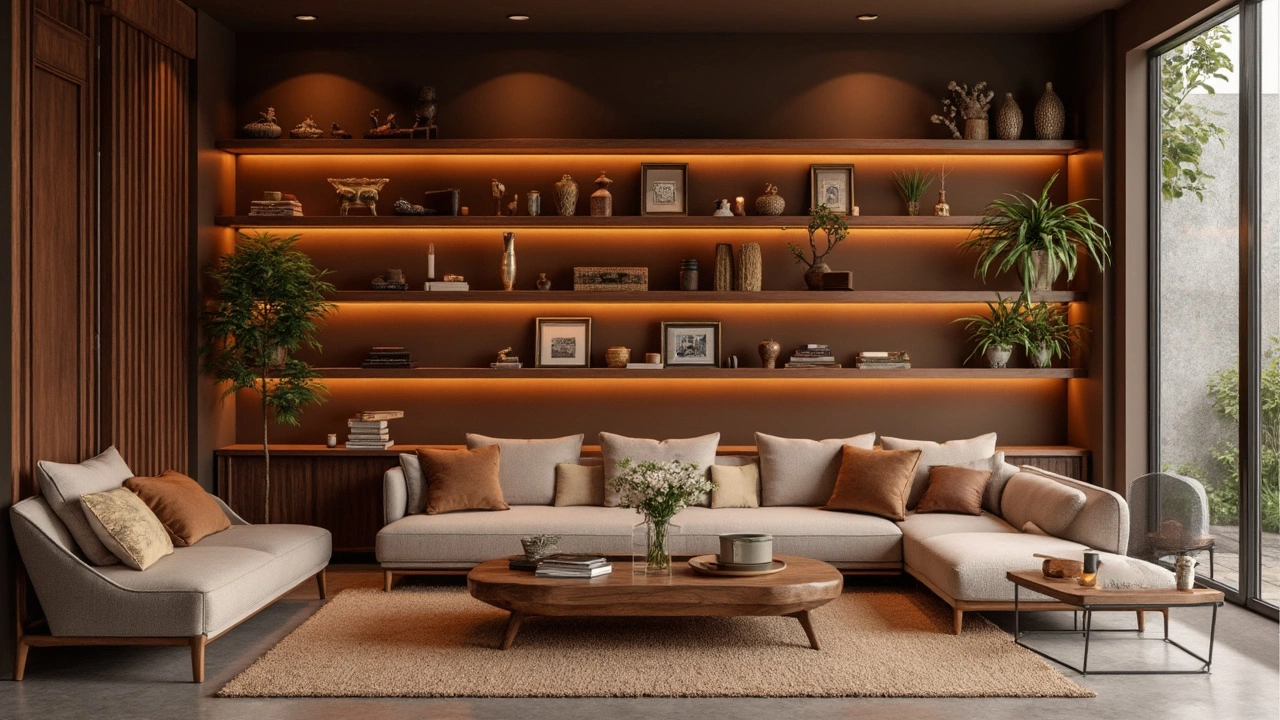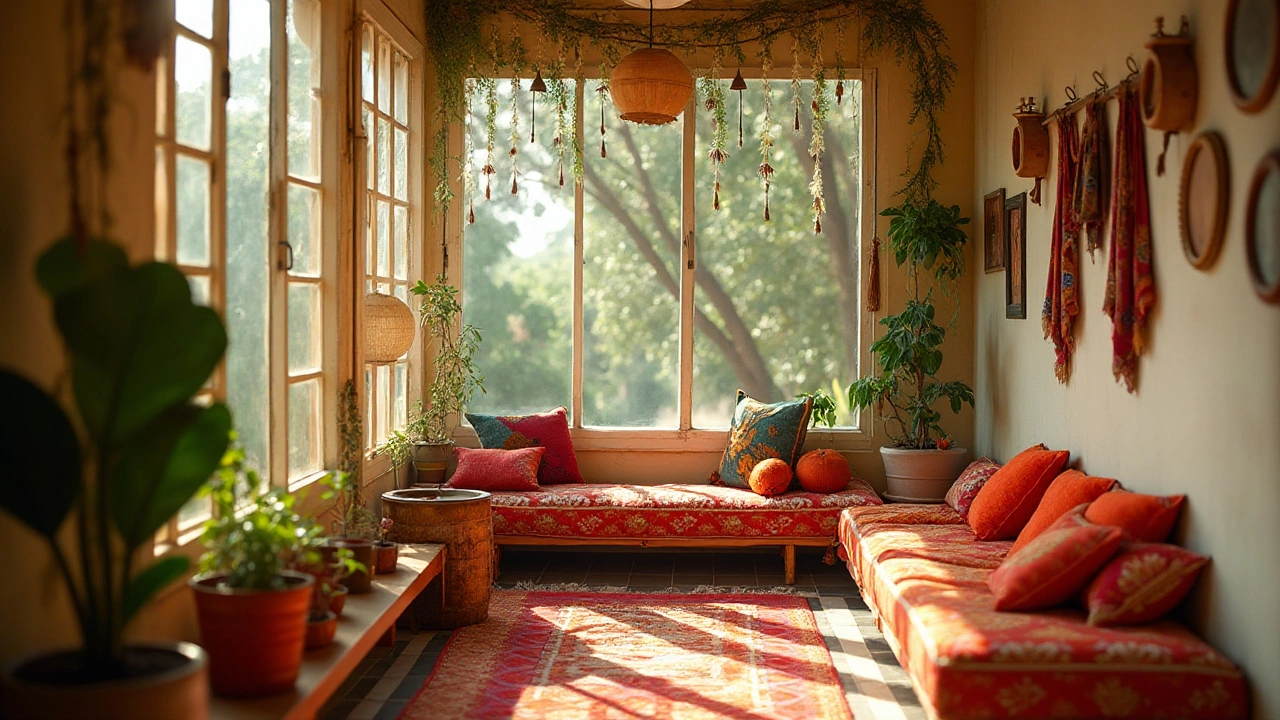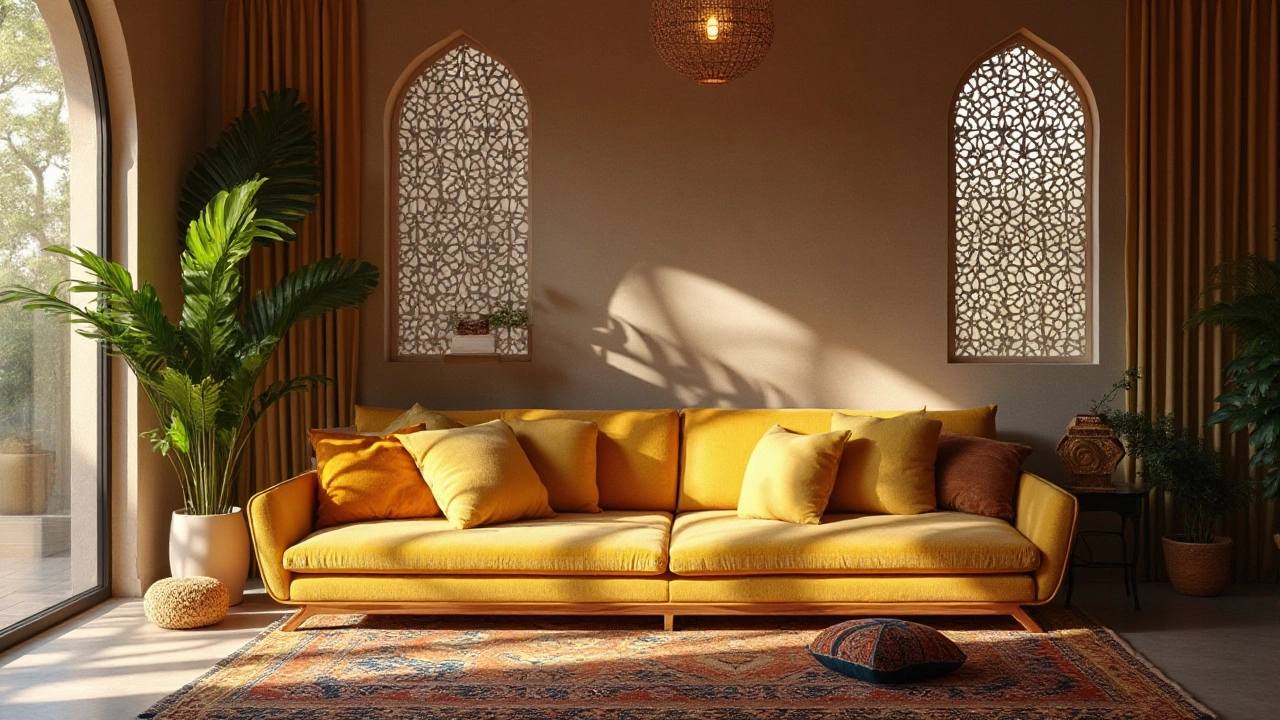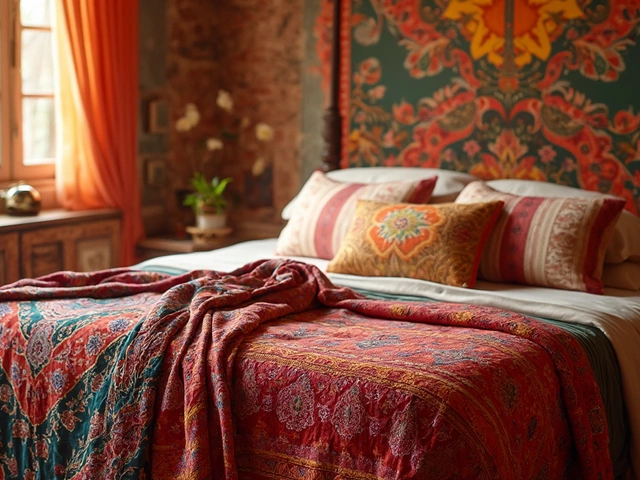Interior Design Ideas and Tips for Every Home
Looking to give your space a lift without a full remodel? You don’t need a big budget or fancy jargon—just a few smart moves. Below are simple, hands‑on ideas you can try this weekend to make any room feel more together.
Quick Wins for a Fresh Look
Start with the floor. A rug that hides dirt saves you constant vacuuming and keeps kids and pets from seeing every speck. Choose low‑pile polypropylene or a patterned wool blend; darker colors and busy patterns mask grime better than light, flat designs.
Next, upgrade your windows. Ceiling‑mounted curtains add height and drama without cutting into wall space. Hang the rod a few inches above the ceiling line, let the fabric drift to the floor, and pick a light, neutral cloth for a breezy feel. The extra length visually lifts the ceiling.
Mirrors are another cheap makeover trick. A good quality mirror should feel solid, show a clear reflection, and have a backing that doesn’t wobble. Place it opposite a window or a bright lamp to bounce light around the room, instantly opening up narrow spaces.
Choosing the Right Pieces
When it comes to storage, floating shelves are still on trend if you keep them sleek and purposeful. Use them for books, small plants, or curated décor—just avoid overcrowding. A single‑board shelf in a matte finish blends in, while the items you display become the star.
Cushions on a sofa aren’t just for comfort; they shape the silhouette. For a three‑seater, three to five cushions work well—two at the back for support and one or two in front for a relaxed look. Mix textures (linen, velvet) and keep the colour palette simple to avoid visual chaos.
Rug shape matters more than you think. A rectangular rug works in most rooms, but a round rug can soften a sharp‑edged living area or define a conversation zone. Measure your furniture layout first, then pick a size that leaves at least 12‑18 inches of floor visible around the edges.
If you’re DIY‑inclined, decide whether to buy or build shelves. Ready‑made units cost more but save time; a DIY board can be cheaper but requires tools and a bit of patience. Compare material costs—MDF is affordable and smooth, while OSB offers strength for a slightly higher price.
Finally, think about the overall vibe. Pair low‑maintenance rugs with durable cushions, add a few well‑placed mirrors, and keep window treatments light. These layers work together to make a room feel tidy, spacious, and thoughtfully designed without overwhelming your schedule.
Curtains: Should They Touch the Floor or Stop at the Baseboard?
Find out if your curtains should kiss the floor or hover above the baseboard, with facts, tips, and style advice tailored to real homes.
View MoreShelving that Adds Home Value: The Surprising Impact
Enhancing home value is not just about big-ticket renovations; even the right shelving choices can make a significant difference. Functional and stylish shelving can declutter spaces, showcase design elements, and boost a property's appeal. This article explores the types of shelving that can add the most value and tips for integrating them seamlessly into your home decor.
View MoreWhen Not to Hang Curtains: Surprising Insights and Tips
Curtains are often considered a key component in home decor, but there are times when they might not be the best choice for a space. Understanding when not to hang curtains can help maintain the functionality and aesthetic of a room. This article explores different scenarios such as rooms with dampness, spaces needing more natural light, and settings where privacy isn't a concern. It also delves into minimalist design preferences and alternative window treatment options.
View MoreDiscovering the 70 30 Rule in Interior Design: Elevate Your Cushion Game
The 70 30 rule in interior design is a fundamental principle used to create balance and harmony in a space, applying to various elements, including cushions. It suggests dedicating 70% of design to one style while allowing the remaining 30% for complementing styles. This rule helps in crafting cohesive and aesthetically pleasing interiors. By mastering this approach, anyone can enhance the visual interest and comfort of their home using cushions strategically.
View More